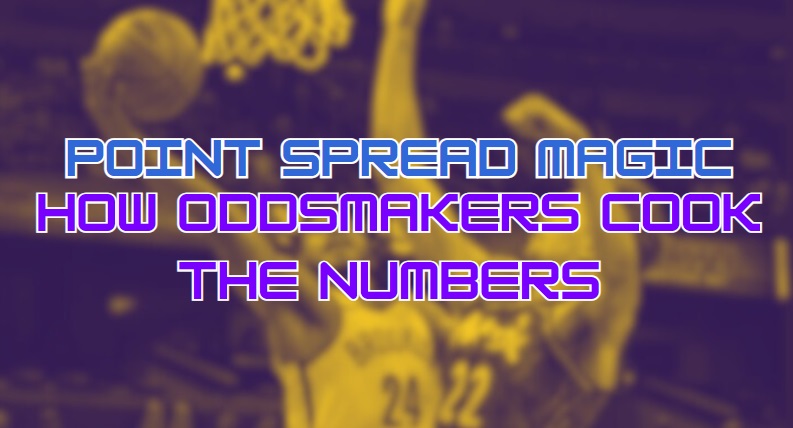Point Spread Magic: How Oddsmakers Cook the Numbers

The roar of the crowd, the tension in the air, the hush before the kickoff – all culminating in the moment of truth. When you see a line like Lakers -5.5, you might instinctively think, “Okay, the Lakers must be about 5.5 points better than their opponent.” Nope! That’s not how it works. Ever wondered how bookmakers come up with that magical number that separates winners from losers in the bustling bazaar of online gambling? That number doesn’t just reflect team strength—it’s a carefully crafted figure designed to get you to bet. And if you're placing your bets on phmapalad, it’s crucial to understand what’s really going on behind the scenes. Let’s pull back the curtain and see how the magic is made.
Table of Contents
So, What Is the Point Spread?
It’s a shrewdly crafted tool designed to balance the betting market, a delicate equilibrium maintained by bookmakers. The point spread is like a great equalizer—it forces the stronger team to “give up” points, leveling the playing field and making bets more even. If the Lakers are -7.5, they need to win by more than 8 points for you to win your bet.
But the key isn’t about which team is actually stronger—it’s about getting equal money on both sides. Bookies don’t want to take sides. If too many people bet one way, they could lose big. The spread helps keep things balanced.
Is There a Formula to Calculate the Spread?
A lot of people assume there’s some top-secret formula that spits out the perfect point spread. While sportsbooks do use models and algorithms, it’s not just about the math. There’s plenty of human touch involved, too. They consider:
- Injuries and player status
- Home/away performance
- Head-to-head history
- Public and media hype
- Weather (for outdoor games)
All that data gets crunched, sure—but then comes the “what will people bet on?” adjustment. Bookies tweak the line based on expected betting behavior.
More often than not, the point spread is influenced by a concoction of statistical analysis, team performance, injuries, historical matchups, and even some good old-fashioned gut feeling.
The Real Goal: Predicting You, Not the Score
Here’s the real kicker: the point spread isn’t about predicting the final score—it’s about predicting you. It’s designed to get action on both sides. Bookies aren’t trying to gamble on the outcome—they just want their cut of the action.
It’s a blend of statistical data and experienced intuition. The result isn't a precise prediction, but a calculated estimate for balancing the betting market.
So when everyone piles money on the Lakers, the spread might shift from -7.5 to -8.5, or even -9, just to keep things balanced.
How Can You Tell If a Spread Looks “Off”?
Now we’re getting to the good stuff. Here are a few red flags that a point spread might be a trap:
- The Obvious Bait Line
If a powerhouse team is only laying 1.5 points, that’s suspicious. It might be the book trying to lure you into a bad bet. - Reverse Line Movement (RLM)
If 70% of bets are coming in on Lakers -5.5, but the line drops to -4.5, that means big money—often from pro bettors—is coming in the other way. And the book is listening to them, not the public. - Line Shopping Across Sportsbooks
Different books might post slightly different numbers. But if a spread jumps across key numbers (like 3, 5, or 7), that can be a huge signal something’s up.
Final Thoughts: Bookies Aren’t Predicting Scores—They’re Predicting You
So the next time you look at a point spread and think, “Wow, that’s too easy,” pause for a second. Take a breath. Ask yourself:
Is this a gift? Or is it bait?
Because in the world of spreads, they’re not just playing with numbers—they’re playing with your mind.
The next time you see a point spread, remember that it's a calculated dance, a reflection of the market, and a testament to the art of sports betting.

